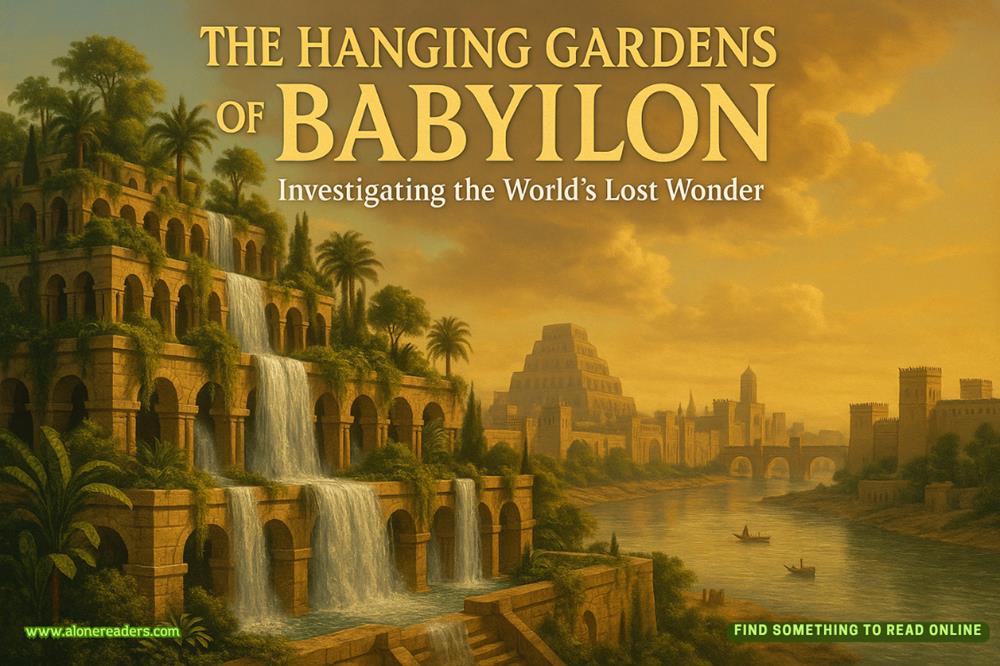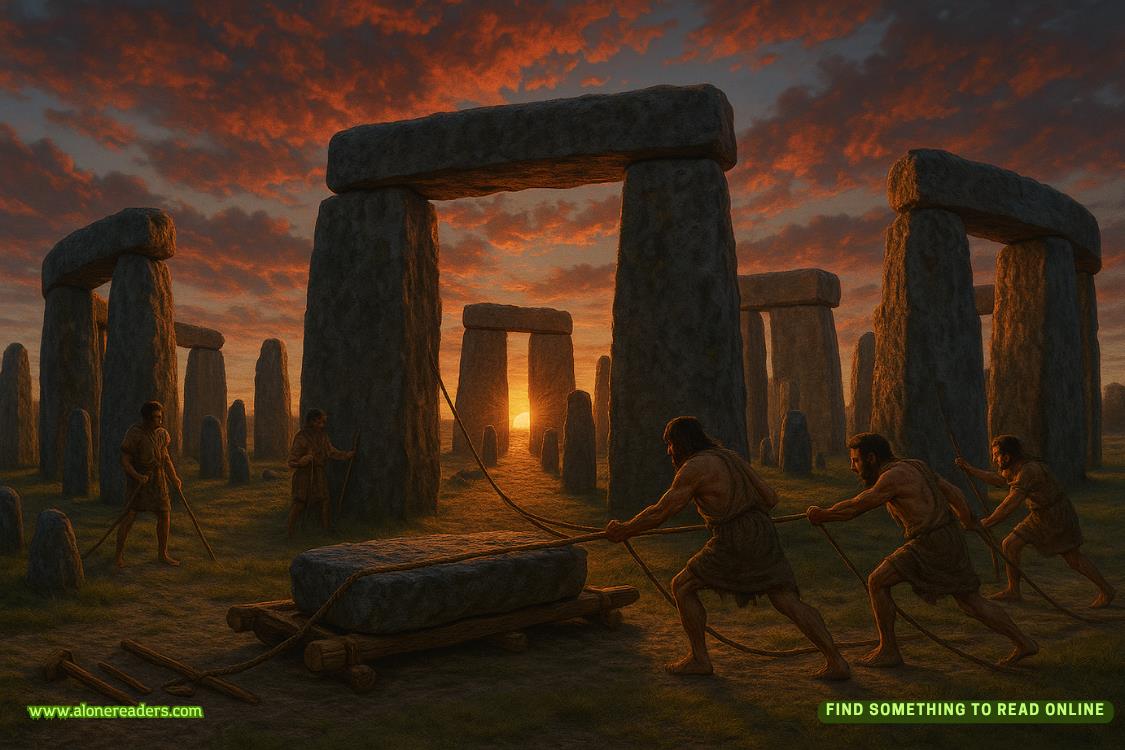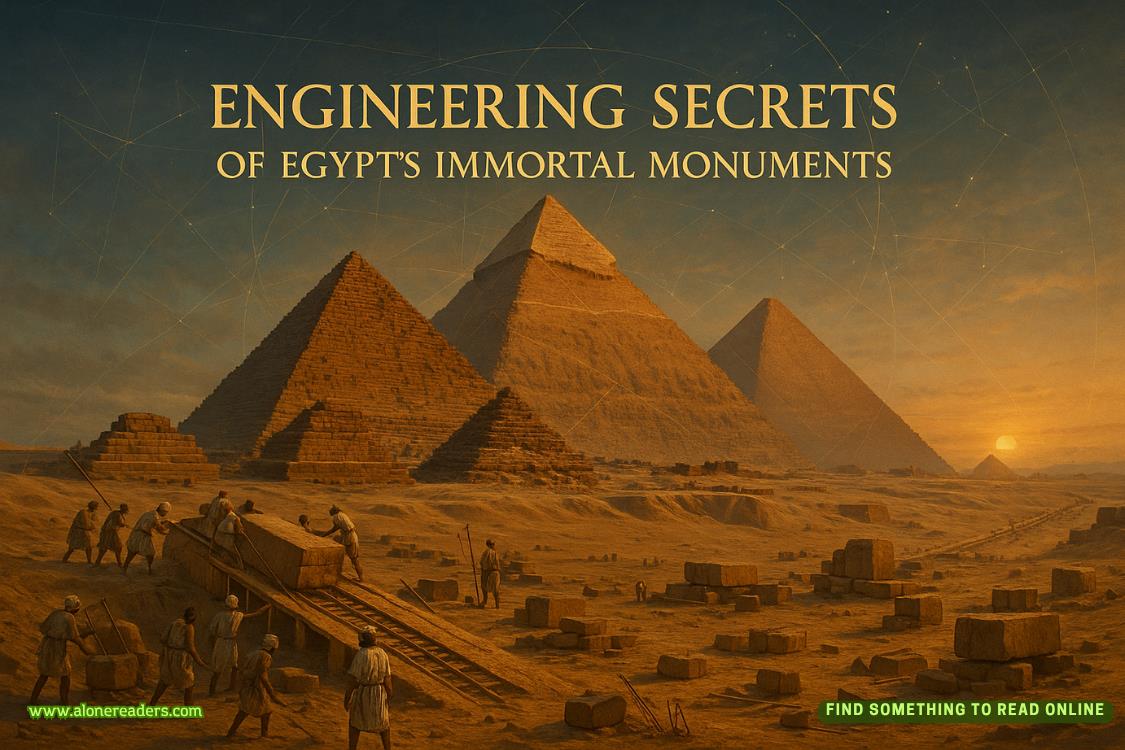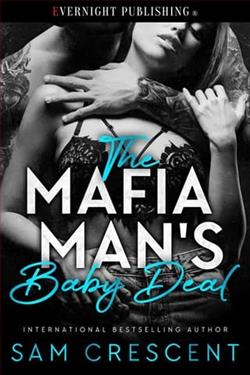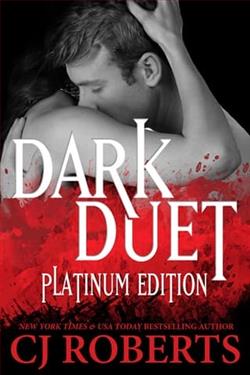Page 33 of Find Me
21
Tuesday, June 22, 1:08 p.m.
Carter Decker pushed the keyboard away in frustration and cracked his knuckles.
After he spoke with Jocelyn Hodge that morning, he’d thought he felt the boom—that singular moment when a case suddenly bursts open and pieces of evidence explode into view. Then he got Lindsay Kelly to give up the fact that Hope had been the one to suggest the fishing trip and choose the guide company. He was on fire.
But now, back at the station, he was down to embers. He had snapshots of a story, but he was missing the context he needed to see the bigger picture.
Lopez had left behind no real electronic footprints. Jocelyn said he had zero interest in social media. He had both a Gmail account and an address linked to his business, but the messages there suggested nothing unusual. Carter knew from anEast Hampton Starwrite-up in January that Lopez had moved to the East End to take over Reel Deal Fishing from Frank Garner. The piece described Lopez as a longtime friend of Garner and included a photograph of the two men to mark the passing of the torch.
But it was as if Garner were the one and only person who had knownAlex Lopez before he appeared on Long Island. When Carter called the older man in Florida, he’d said the two met thirteen years earlier working on an Alaskan salmon boat. Garner had become something of a mentor. The two would go their separate ways off-season, but always link back up to work the same boats when it came time to make money again. Lopez apparently lived a nomadic life, sometimes staying put in Anchorage but often taking short-term rentals in other parts of the country. Like Lopez’s girlfriend, Jocelyn Hodge, Garner was under the impression that Lopez had grown up in Arizona; he had never mentioned Wichita, Kansas. “He talked a couple of times about a sister, though,” Garner added. “He told me he wished he could see her more, but I didn’t press as to why he couldn’t.”
To Carter, it didn’t sound like the kind of close friendship that would lead to handing over the keys to the man’s business, and he said as much. Garner’s response had been straightforward. “He was a lot like me. A loner. Quiet. But just a good, nice, trustworthy man. Rock solid. Hard to explain it better than that.”
Jocelyn Hodge had given a similar depiction, as if they were both innately able to recognize a person’s fundamental goodness. What neither of them could do, however, was offer Carter a bead on who the man actually was and why Hope Miller might have killed him.
Lopez’s cell phone activity consisted primarily of texts to customers about fishing trips, plus regular—though not exactly daily—communication with Jocelyn. To judge from the scarcity of actual calls, he wasn’t much of a talker. Three calls to a number Carter hadn’t been able to trace stood out. Chicago area code, and by all indications so far, a burner phone that was now disconnected. It could be confirmation of Lopez’s involvement in drug activity. In addition to the two anonymous tips the department received, the former police chief had contacted Carter this morning to tell him that Jocelyn’s father had reached out with concerns about Lopez. So was Jocelyn’s father right about Lopez? Or was he behind the anonymous tips?
The only other call that intrigued Carter was from Lopez’s cell to the main corporate number for LockeHome, placed two months earlier. Carter had certainly heard of the company, because who hadn’t? When Carter was a kid, the chain store’s long-running TV ads always featured the company’s folksy owner, imploring customers to “Locke in our low, low prices.” When big-box retailers came along with even cheaper offerings, LockeHome not only survived but grew to eclipse all the other chains. Widely credited for the surprising success story was the folksy owner’s daughter, who joined and eventually replaced her father as the face of the company. The stores’ ads featured women at all stages of a home improvement project—from planning and purchasing to painting and plastering. While the other big outfits largely hired men for the sales floor, relegating women to lower-paid cashier positions, LockeHome publicly committed to ensuring equal pay and representation at every level of employment. The stores grew to include not just hardware and building supplies but furniture and high-end kitchenware—one-stop shopping for the dream home.
As a result of the corporation’s evolution, Melanie Locke—maiden name retained, of course—was now a leading role model for working women, an unapologetically ambitious corporate executive who firmly believed that gender equity and profits went hand in hand. A committed philanthropist who raised her young daughter on her own after her husband was killed, she also had a compelling personal biography. And now that she was a candidate for the Senate, it was probably only a matter of time before she ran for president too.
Carter had no interest in either corporate business or politics. What mattered to him was Melanie Locke’s city of origin. The one where the folksy patriarch was born and raised and where the company’s headquarters still remained. The one to which Alex Lopez had made a phone call just two months before he died. That city? Wichita, Kansas.
The call had been to the main number; Carter had no way ofknowing where Lopez was transferred from there. But it was one indication that Alex Lopez’s connections to Wichita were not entirely in the past, which meant they might possibly explain his connection to Hope Miller.
Carter thought he was onto something when he pulled up the driving route between Wichita, Kansas, and Long Island and found that it would pass directly through Indianapolis. Hope Miller had been found in a crashed 1999 Toyota 4Runner, stolen from Indianapolis.
But then Carter had entered a new map search, this time for directions from Phoenix to Long Island, and ended up on the same exact route from St. Louis on. So if Hope’s car crash had anything to do with Alex Lopez, the two of them could have met in Kansas, Arizona, or just about anywhere south or west of Indianapolis.
His thoughts were interrupted by the buzz of his phone against the desk. A new text message.Detective Carter.Again with people messing up his name.This is Jocelyn Hodge.He rued the day the department started “encouraging” detectives to give victims their direct cell phone numbers.When do you think I can get that necklace? You can understand why it would mean a great deal to me. Thank you.
The necklace in question was a silver chain with two small hearts dangling from a pendant. The chain itself had even smaller hearts embedded every few inches among the links. Carter had found it wrapped in a piece of tissue paper, tucked inside a tackle box on Lopez’s boat. With the help of the zoom lens on his cell phone, he’d been able to make out the tiny letters on the clasp: Tiffany & Co. Shown a photograph of it, Jocelyn said she had never seen it before. She also immediately jumped to the conclusion that it was meant for her, perhaps for her birthday the next month. He could tell she took comfort in that theory—those two silver hearts dangling side by side—but Carter wasn’t ready to release the jewelry yet. Unable to locate the necklace on the Tiffany website, he had contacted the general manager at the Fifth Avenue store, who offered to research the matter and get back to him. He was also waitingfor Lopez’s credit card statements to see if he could locate the purchase details.
I’m sorry, Ms. Hodge. It’s logged in evidence for now. Thx.
He hit the send key and then resumed tapping a pen against his desktop. He knew that Alex Lopez was the source of the blood in the Stansfields’ entryway, where Hope Miller was last seen. He knew that Lopez had been murdered. And he was pretty sure he could prove that Hope Miller had come to East Hampton for the express purpose of finding Alex Lopez. But he still didn’t feel the boom.
The sound of his desk phone broke his train of thought. “Decker.”
“Hi, Detective Decker. My name’s Ellie Hatcher. I’m a detective with the NYPD.”
Hatcher had started to explain her connection to Lindsay Kelly when he interrupted. “Ms. Kelly told me she reached out to you. She was convinced that the bad guy must have had an accomplice who had targeted Hope Miller twenty-three years later. She gave me the impression you agreed.”
He felt a little guilty for misleading Lindsay earlier, asking her all those questions without telling her what he knew about Lopez. Fuck it, he thought. She’s a defense lawyer. She should know better than to trust him.
“‘Convinced’ is an overstatement. It was a possibility, but it was always conjecture. Having noodled it over for a while, I’m inclined to contact Lindsay and tell her I think any connection between her friend and the College Hill Strangler is a stretch. I just wanted to make sure I wasn’t missing anything before I made the call. Don’t suppose Hope Miller has turned up?”
“Definitely not.” He looked again at his computer screen, wishing he knew more about Alex Lopez. “Actually, I do have a name to match to the blood samples, but you’ll understand once I tell you that thisinformation definitely can’t go to a defense lawyer who’s also Hope Miller’s BFF.”
He could almost picture the detective sitting up straighter on the other end of the line. “Of course,” she said.
“A thirty-six-year-old Hispanic male named Alex Lopez.” He recited the date of birth from Lopez’s Alaska driver’s license. “Someone shot him in the head and dumped his body in the water.”
“Sometime after his blood wound up on the floor where Hope Miller was last seen.”
“Correct. We haven’t made the announcement yet. I’m hoping we’ll be able to put out a search for Hope Miller as a person of interest at the same time.”

